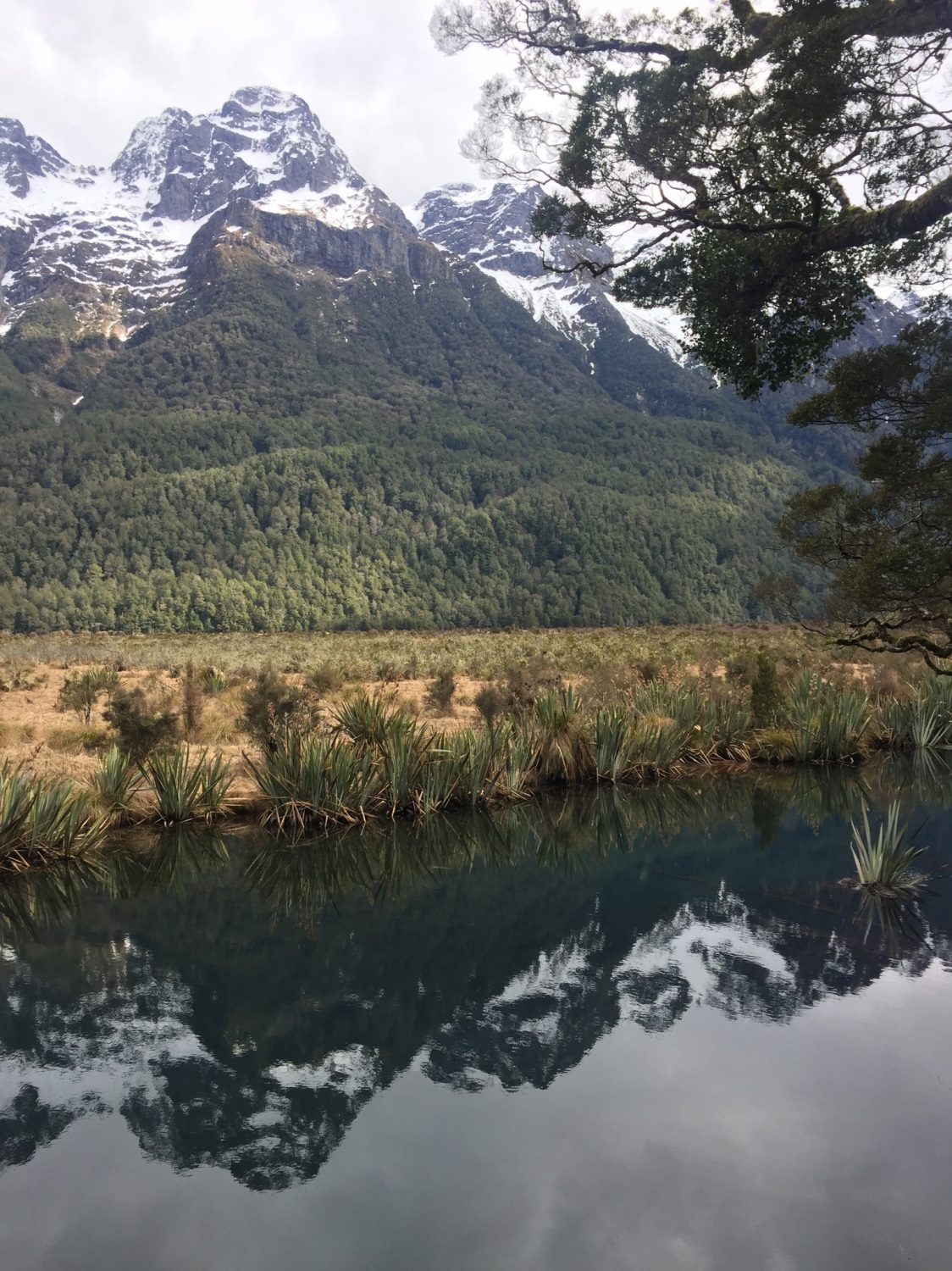The evidence for global environmental change is overwhelming. Increased levels of CO2 and other pollutants in the atmosphere cause constant and gradual increases in the average global temperature. This is largely the fault of human activity through the burning of fossil fuels and the release of greenhouse gases. Carbon dioxide is long lived in our atmosphere and so these changes will continue happening for a long time even if we stop producing greenhouse gases.

Have you ever gone to the mountains and wondered why there is a distinct sequence in the types of trees you see: deciduous, evergreen, then a well defined tree line above which there are rarely any trees?
This is because most plants can only live in very specific conditions. But global change will increase the amount of CO2 in the atmosphere, which warms the environment…
What does global environmental change mean for plants in the future?
Firstly, there will be a higher rate of photosynthesis under increased CO2. Rubisco, a key part of the photosynthetic process that fixes CO2, evolved at a time when there was a higher proportion of CO2 in the atmosphere. Under today’s much lower CO2 levels, this enzyme is far less efficient because Rubisco also fixes oxygen, wasting energy. So for plants, more CO2 in the environment means more photosynthesis, right?
Not necessarily true! Bowes (1993) suggested that at high levels of CO2 for a long time some plants may decrease the number of pores (stomata) that absorb CO2 on their leaves and the rate of photosynthesis may actually decrease. As well as this, changes to precipitation and nutrient supply may stop plants from reaching their full photosynthetic potential.
Secondly, rates of growth increase when plants are subjected to higher levels of CO2. Taylor et al. (1994) found that leaves and roots were bigger under higher levels of CO2 and also found that individual cells in the roots got larger too. However, some plants are already living on the edge of their physiological limits and cannot adapt. This may lead to some species dying out if they cannot adapt to the conditions quickly enough.

Finally plants will need to be hardier to withstand increased temperatures and occurrences of extreme weather events… Some plants have found a clever way to get around the warming problem. In the mountains, trees have gradually been moving higher up to avoid the warmer temperatures (Thuiller et al., 2005). As well as this, species such as mangroves are also shifting north (Field, 1995). This change in latitude is called a range shift. This doesn’t, however, mean that the future beaches around Britain will be warm and sunny and covered in palm trees unfortunately…
These changes will have a huge impact on society through reduced food security, changes to our water and power supplies, and may even impact on our health.

How do you think we can reduce these risks? What can people do to reduce their impact on the planet? Leave your thoughts and comments below!
Word Count: 499
All photographs taken by Sophie Loveridge.
References
- Monleon, V. and Lintz, H. (2015). Evidence of Tree Species’ Range Shifts in a Complex Landscape. PLOS ONE, 10(1), p.e0118069.
- Field, C. (1995). Impact of expected climate change on mangroves. Hydrobiologia, 295(1-3), pp.75-81.
- Bowes, G. (1993). Facing the Inevitable: Plants and Increasing Atmospheric CO2. Annual Review of Plant Physiology and Plant Molecular Biology, 44(1), pp.309-332.
- Thuiller, W., Lavorel, S., Araujo, M., Sykes, M. and Prentice, I. (2005). Climate change threats to plant diversity in Europe. Proceedings of the National Academy of Sciences, 102(23), pp.8245-8250.
- Taylor, G., Ranasinghe, S., Bosac, C., Gardner, S. and Ferris, R. (1994). Elevated CO2 and plant growth: cellular mechanisms and responses of whole plants. Journal of Experimental Botany, 45(Special_Issue), pp.1761-1774.

Recent Comments